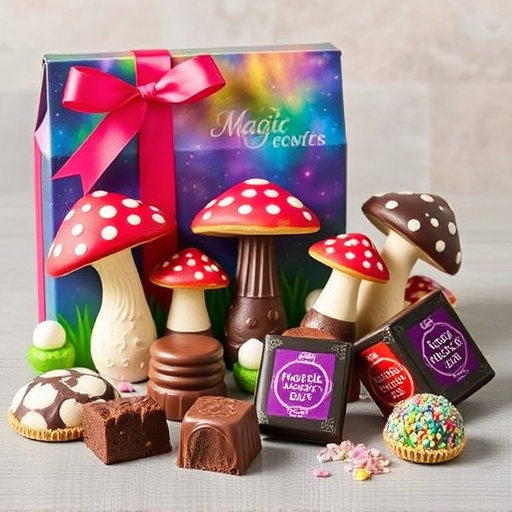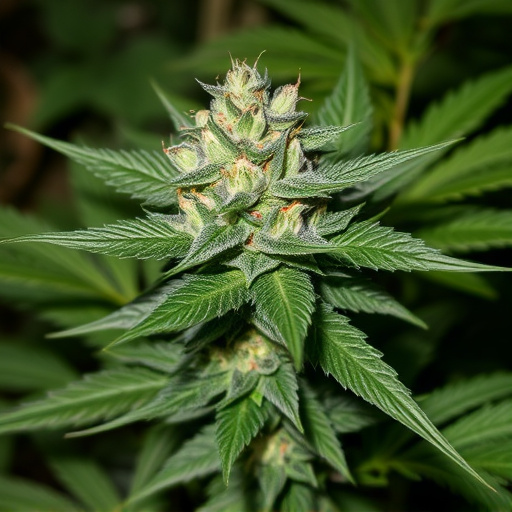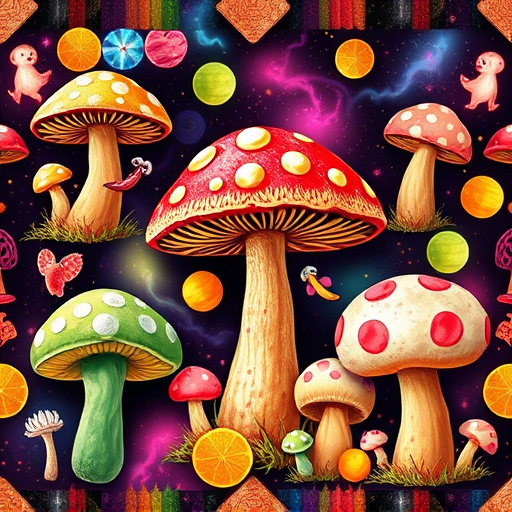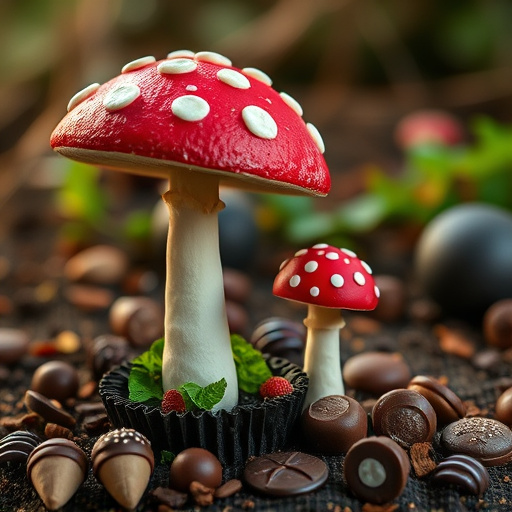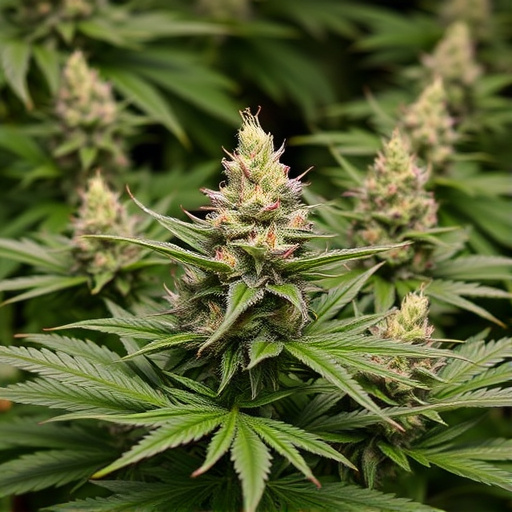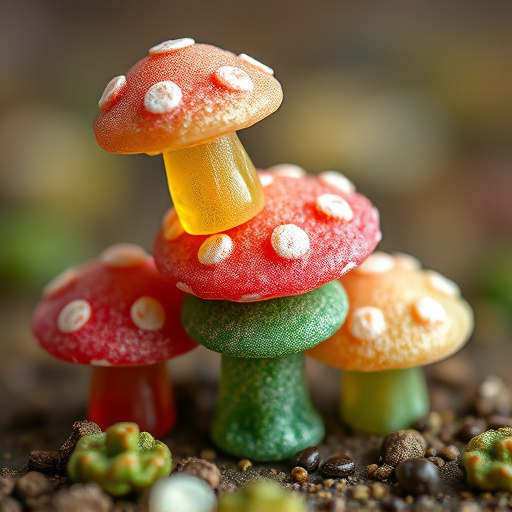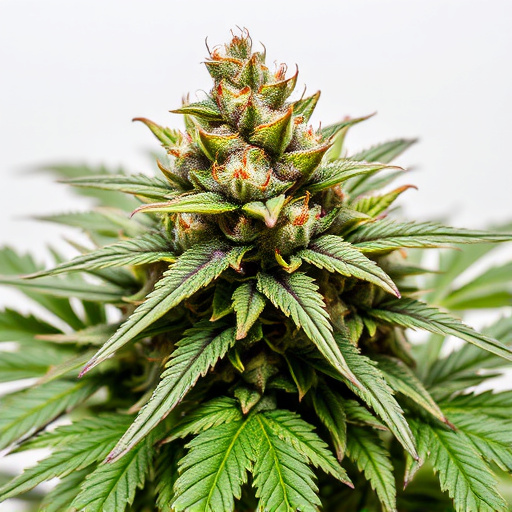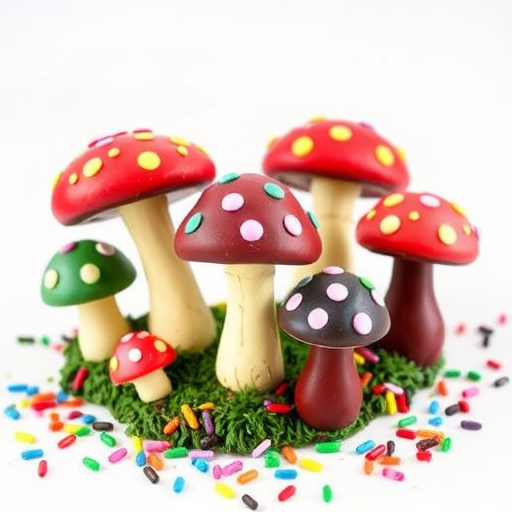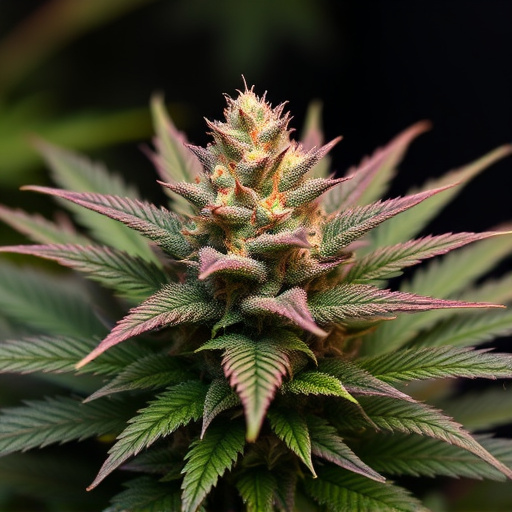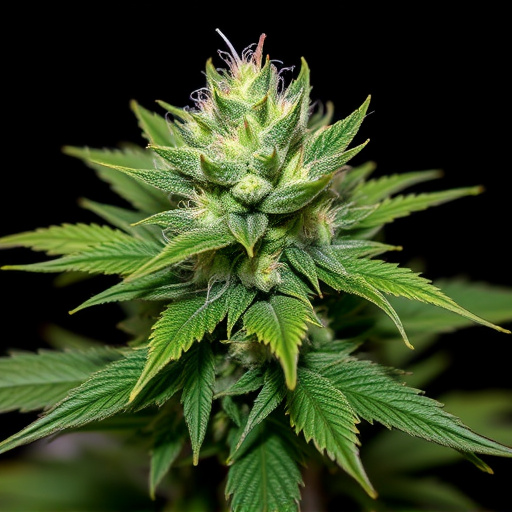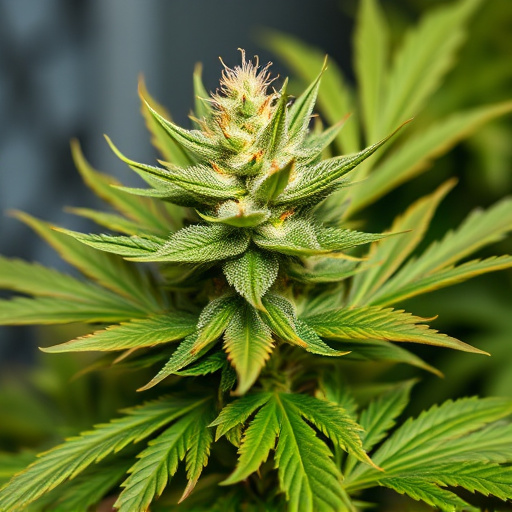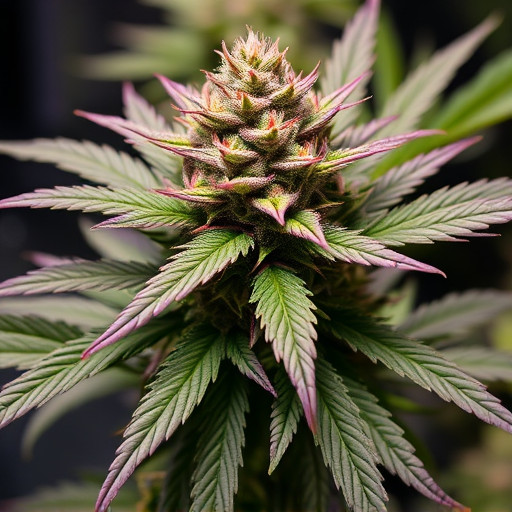The striking colors of the best looking cannabis strains are due to complex interactions of pigments, primarily anthocyanins and flavonoids, which provide protective functions against UV radiation. These colors are heavily influenced by both genetic factors resulting in specific mutations or natural processes affecting pigment production, as well as environmental factors like light intensity, temperature, and humidity, which can be optimized by growers to produce cannabis with impressive visual characteristics and desirable chemical profiles sought after by enthusiasts.
Discover the captivating world of cannabis pigmentation and what makes certain strains glow with vibrant purple, red, or blue hues. In this article, we unravel the science behind these unique colors, exploring genetic factors that unlock desired pigments and environmental influences like terpenes and grow conditions that contribute to stunning visual variations. Uncover the secrets behind some of the best-looking cannabis strains nature has to offer.
- Understanding Cannabis Pigmentation: The Science Behind the Colors
- Genetic Factors: Unlocking the Secrets of Desired Pigments
- Environmental Influences: How Terpenes and Grow Conditions Impact Strain Colors
Understanding Cannabis Pigmentation: The Science Behind the Colors
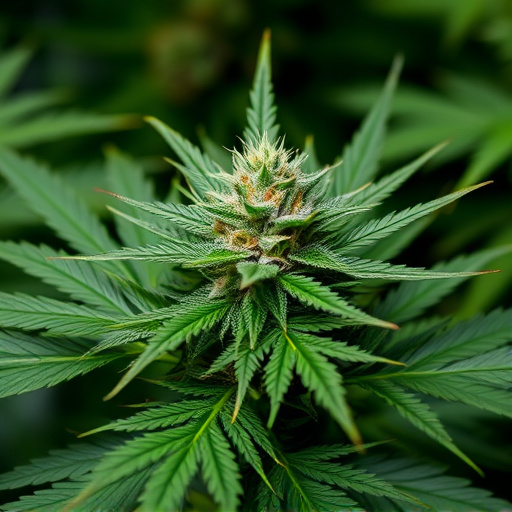
Cannabis plants, like many others, produce pigments that give them their distinctive colors. The vibrant hues we see in what’s often considered the best looking cannabis strains—purple, red, and blue—are not random but result from complex chemical interactions within the plant. These colors are largely determined by two primary pigments: anthocyanins and flavonoids. Anthocyanins, responsible for reds, purples, and blues, are water-soluble compounds that accumulate in the resin and trichomes of cannabis flowers. Their production is influenced by environmental factors like light exposure, temperature, and stress from pests or nutrient deficiencies. Flavonoids, on the other hand, contribute to yellow, orange, and white shades and play a role in protecting the plant against harmful UV radiation. The intricate interplay between these pigments creates the stunning visual diversity we appreciate in top-quality cannabis strains.
Genetic Factors: Unlocking the Secrets of Desired Pigments
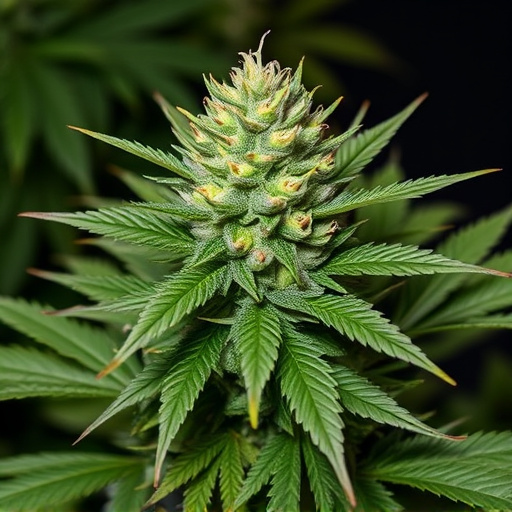
Genetic factors play a pivotal role in unlocking the secrets behind the desired pigments in cannabis plants, leading to the captivating colors of purple, red, and blue. These traits are not merely aesthetic; they often correlate with unique chemical profiles that contribute to the plant’s overall quality and appeal, making certain strains the best-looking cannabis options on the market.
Varieties that boast these vibrant hues typically involve specific genetic mutations or natural processes that alter pigment production. For instance, anthocyanin content, a key factor in red and purple shades, can be influenced by environmental conditions and genetic predisposition. Similarly, blue hues often stem from cannabinoid interactions with the plant’s natural pigments, highlighting the intricate relationship between genetics, environment, and the final visual spectacle of these exceptional cannabis strains.
Environmental Influences: How Terpenes and Grow Conditions Impact Strain Colors
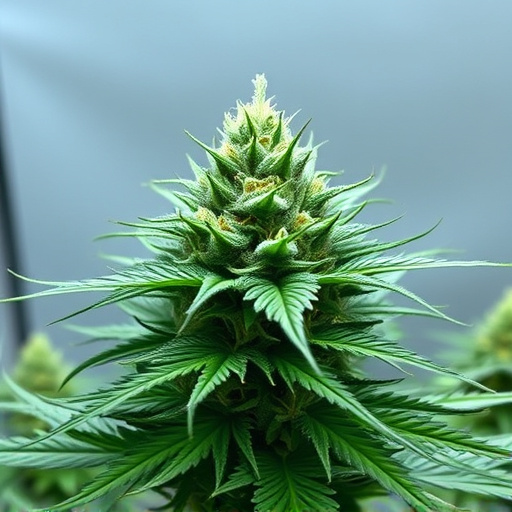
Environmental influences play a significant role in shaping the vibrant colors associated with some of the best-looking cannabis strains. Terpenes, aromatic compounds produced by plants, contribute to both the smell and visual appeal of cannabis. Different terpenes can influence pigment production, leading to variations in color. For instance, myrcene, known for its earthy aroma, is linked to red and purple hues, while limonene, with its citrusy scent, can enhance yellow or green shades.
Grow conditions also significantly impact strain colors. Factors like light intensity, temperature, and humidity can affect the plant’s metabolism, influencing pigment development. Optimal growing environments can result in more intense colors, making certain strains visually striking. Growers often manipulate these variables to produce desirable traits, including color, ensuring that the final product not only looks impressive but also meets the high standards sought after by cannabis enthusiasts when it comes to the best-looking strains.
In exploring what causes purple, red, and blue weed, we’ve delved into the intricate interplay of science, genetics, and environment. Understanding these factors not only satisfies curiosity about the vibrant hues adorning the best-looking cannabis strains but also empowers cultivators to craft unique varieties that cater to diverse preferences. By embracing the latest research and cultivating optimal conditions, growers can continue to enhance and expand the captivating tapestry of cannabis pigments.
